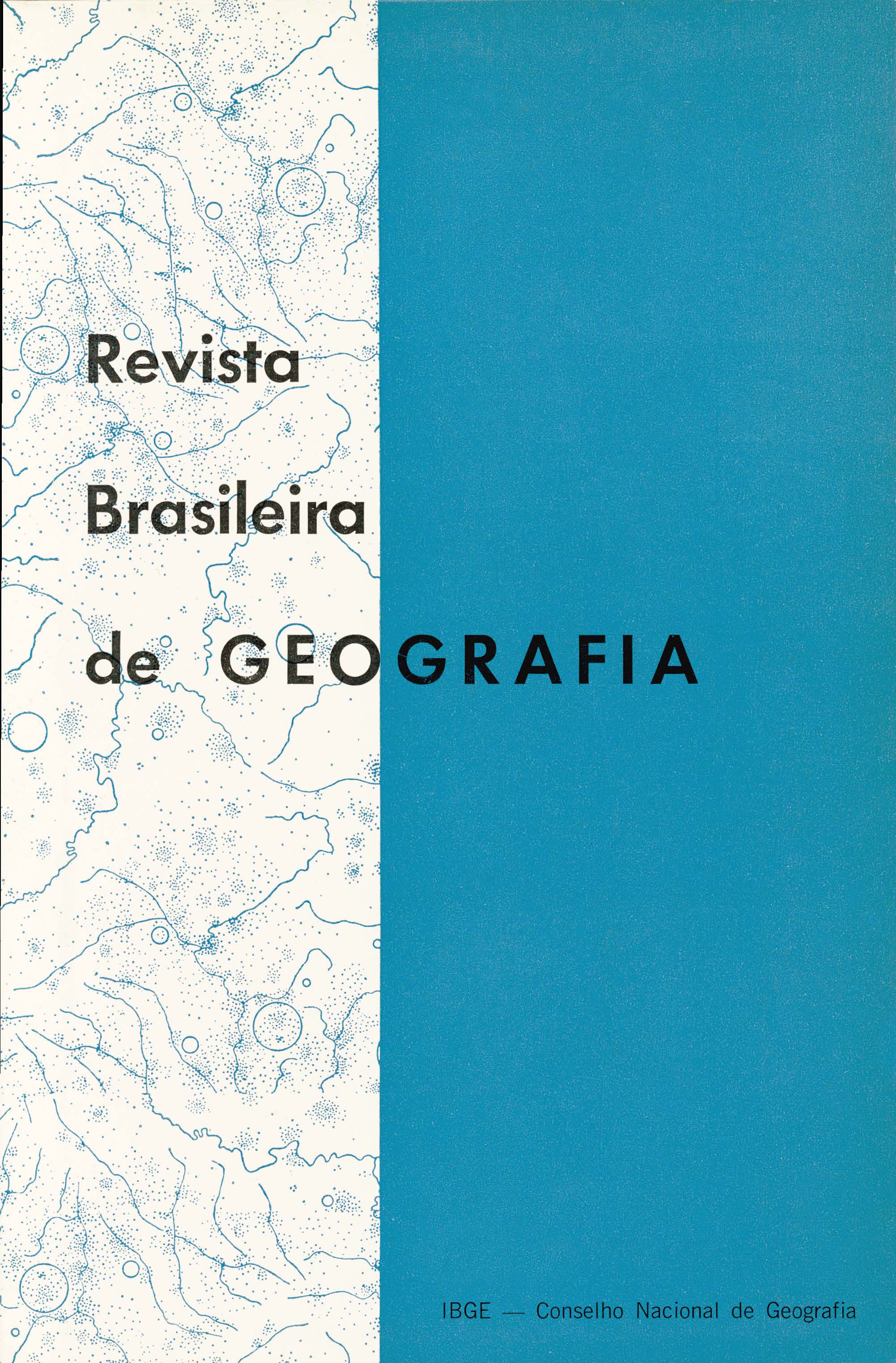Regionalização
Palavras-chave:
Geografia regional;, ; Geografia da população;, Desenvolvimento econômicoResumo
The present work treats of a matter related to the organization of determined area with a view to its development, called here "regionalization", which would mean the definition of a region, considering the human activities. In its common sense the word "region" means different parts of the earth surface. In the sense which is given here it means an area where the relations among the different kinds of human activities are considered on purpose to determine the degree of intensity, in order to coordinate them and promote the development by the organization of those relations. Others factors that must be considered with this purpose are the denseness of population, economic and social development and technological stage.
It was taken as an example an area, known in Brazil by the name of Campanha Gaúcha, which presents characteristics of transformation, by changing its aspect of natural space into homogeneous region of development. Pôrto Alegre, the metropolis of this region, acts as a center of polarization, leading the evolution of the economic progress, although on couldn't yet consider as a complete polarized region, once it has large area where still predominate an agrarian economy, without considerable industrial activities and Pôrto Alegre doesn't present yet many industrial establishments resulting weak its action as a center of influence.
The "regionalization" by polarization is a process concerning advanced industrial structures. In the underdeveloped countries the polarized areas are only found where there are conditions of development of those structures. In the case of Brazil, is in the Southeast Region where on find the most advanced process of "regionalization" chiefly around the metropolis of São Paulo. In others areas outside this great Region are found already certain center constituted by regional metropolis, which act as a pole, diffusing the progress, the modern standard of living, beginning with this influence to outline a process of regionalization in the concept which is given here.
In planning a region aiming its development, the study and orientation of the process of regionalization are already considered as an element to be applied with that purpose.
The great difference showed by the three large regions in Brazil: Amazônia, Nordeste and Centro-Sul, in terms of economic development has called, on the part of the technicians, the necessary attention to the problem presented by this difference. When considered under the point of view of the appliance of the "regionalization" process, on verifies that due to the wide territorial extension presented by the two first regions and their low stage of development, to put into practice a policy of encouragement in the actual system of employment of government resources doesn't yet mean a regional planning in the sense which is given in this study.
By the other hands the Centro-Sul Region holds the great centers, where are concentrated the most important industrial establishments, originate, as a consequence, a broad market in surrounding areas. However this favorable conditions restrict to this Region isn't suitable to a policy of integration of the underdeveloped regions in the national whole complex, when on has in view the development of all country.
The implantation of others industrial centers, creating conditions to emerge new markets in these underdeveloped regions, seem to be a right move. So the government policy in this section must be ruled on the way to promote industrial development in certain regional metropolis, where is verifying a pronounced growth of population, must be considered as an appliance of the "regionalization" process. In certain areas, whose natural resources permit a profitable utilization, to apply an incentive policy ruling the investments to where the general conditions were more favorable is yet a concept admitted by the technique of application of the mentioned process.
As to occur in the South Region, where São Paulo and Rio de Janeiro, the two larger metropolis of the country, established around themselves a broad organized area and between them an axis of development, it's allowable that on formulate some hypothesis which would mean that others underdeveloped areas come into development when are applied the means by recommend the methods in study.
Thus it's suggested here for the planning of the underdeveloped regions of Brazil: to develop the main centers of Amazonia, aiming to establish a more effective human occupation and circulation; to direct the settlement in Amazonia, in order to avoid a scattered occupation and prevent the waste of the natural resources; implantation of agricultural programs based in modern methods in areas densely peopled of Nordeste; to improve better the middle towns situated on migration's route, in this last region, on purpose to create conditions to keep the migrants in that area, preventing, in a way, that the great metropolis of the South become overcrowded; and finally to direct the urban activities in the great centers of the Região Sul, designing to promote secondary poles and so the decentralization of those centers.






